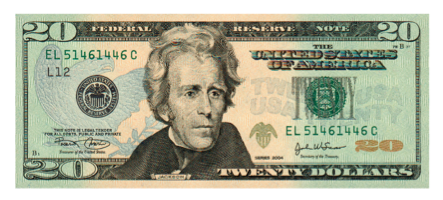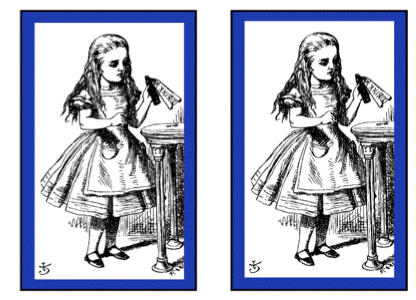










Information Hiding, Start Authentication
CS166
Chris Pollett
Oct 10, 2012











CS166
Chris Pollett
Oct 10, 2012


<span style="color:#000000">"The time has come," the Walrus said,</span><br /> <span style="color:#000000">"To talk of many things: </span><br /> <span style="color:#000000">Of shoes and ships and sealing wax </span><br /> <span style="color:#000000">Of cabbages and kings </span><br /> <span style="color:#000000">And why the sea is boiling hot </span><br /> <span style="color:#000000">And whether pigs have wings."</span><br />
<span style="color:#000101">"The time has come," the Walrus said,</span><br /> <span style="color:#000100">"To talk of many things: </span><br /> <span style="color:#010000">Of shoes and ships and sealing wax </span><br /> <span style="color:#010000">Of cabbages and kings </span><br /> <span style="color:#000000">And why the sea is boiling hot </span><br /> <span style="color:#010001">And whether pigs have wings."</span><br />
Problem 5.33 Consider a "2 out of 3" secret sharing scheme.
We are now going to switch away from crypto are start talking about access control...
frank Fido password 4444 Pikachu 102560 AustinStamp
jfIej,43j-EmmL+y 09864376537263 P0kem0N FSa7Yago 0nceuP0nAt1m8 PokeGCTall150
Group A: At least 6 chars, 1 non-letter Group B: Password based on passphrase Group C: 8 random characters
Group A: About 30% of pwds easy to crack Group B: About 10% cracked -- Passwords easy to remember Group C: About 10% cracked -- Passwords hard to remember